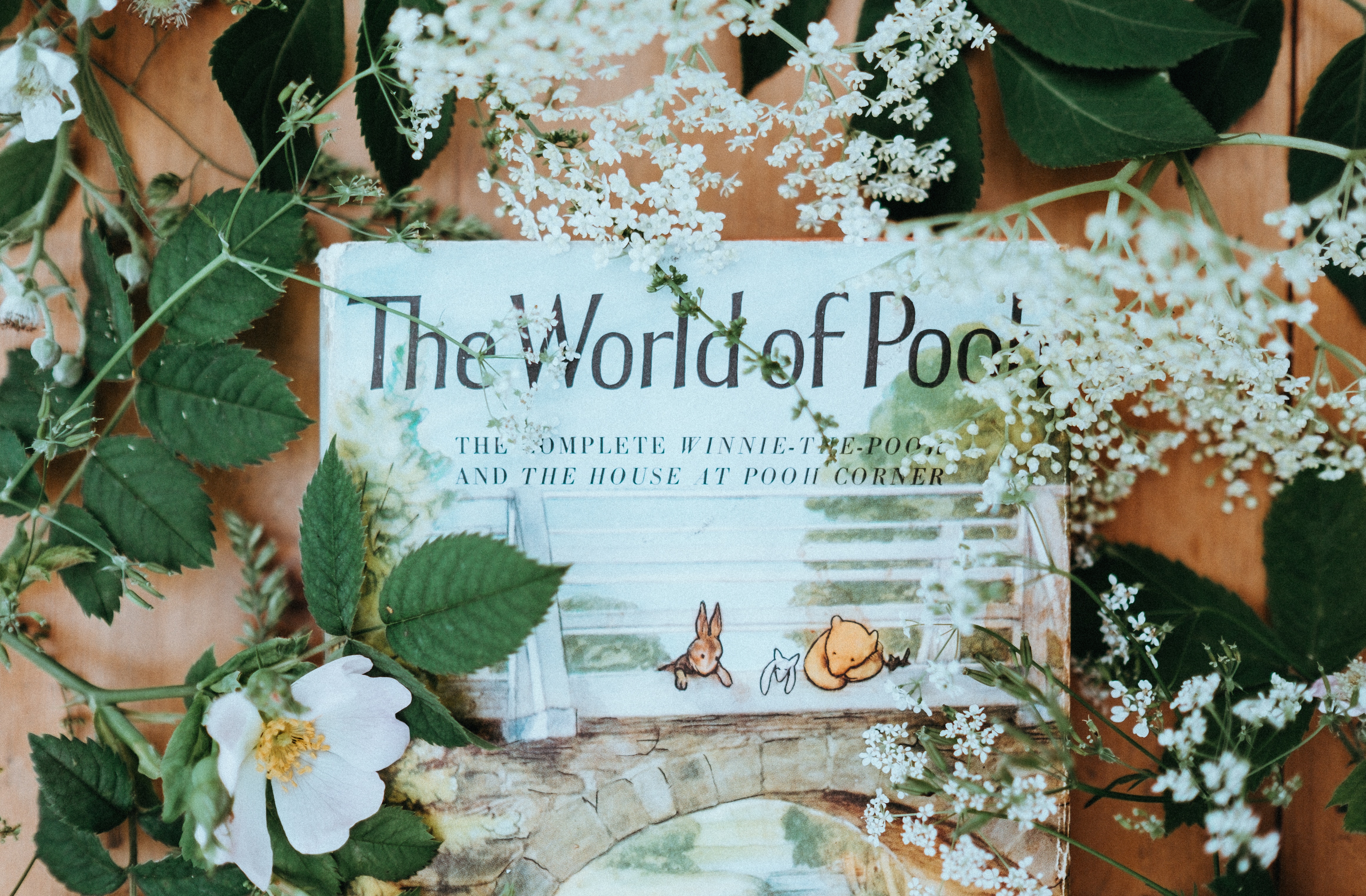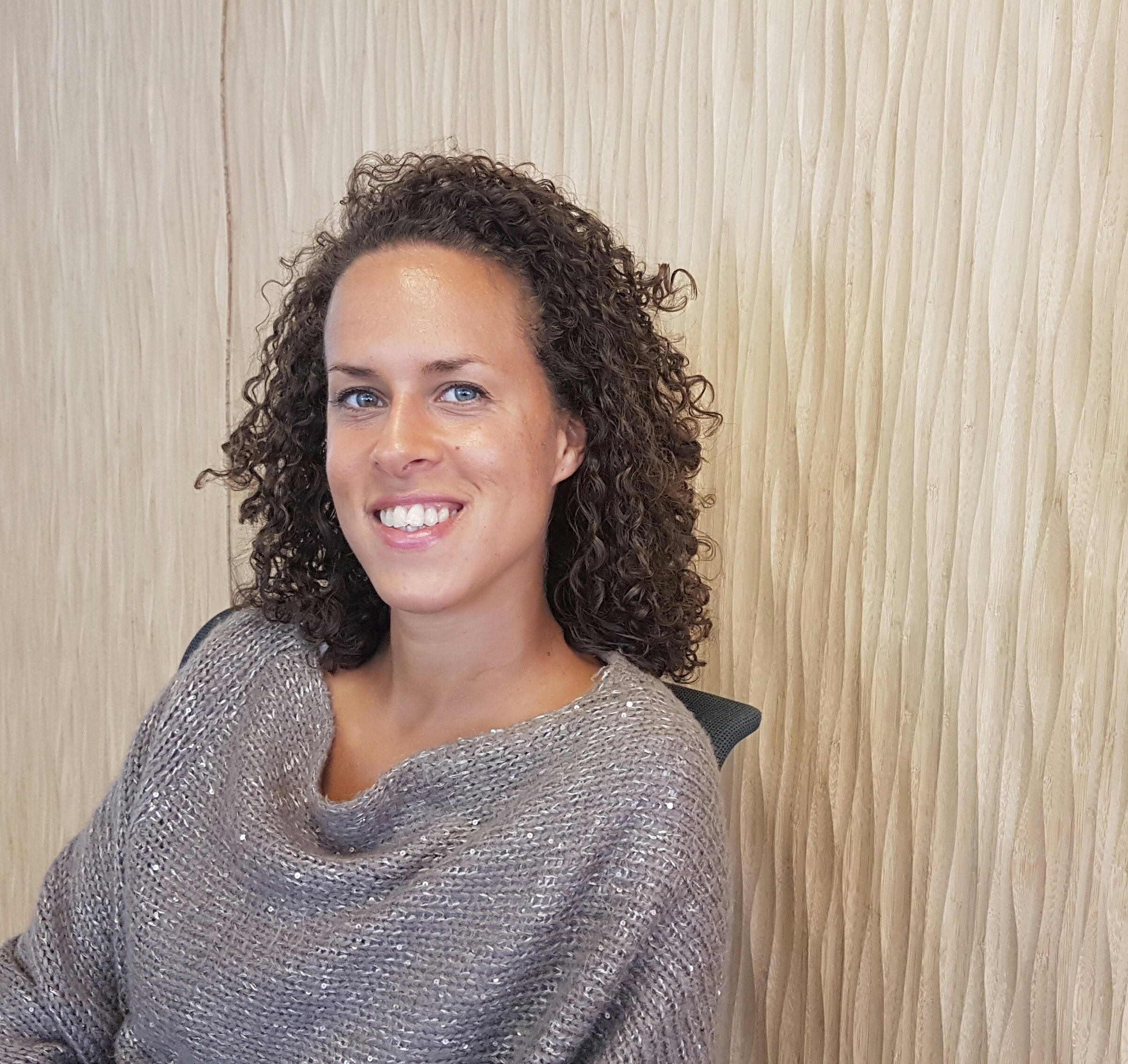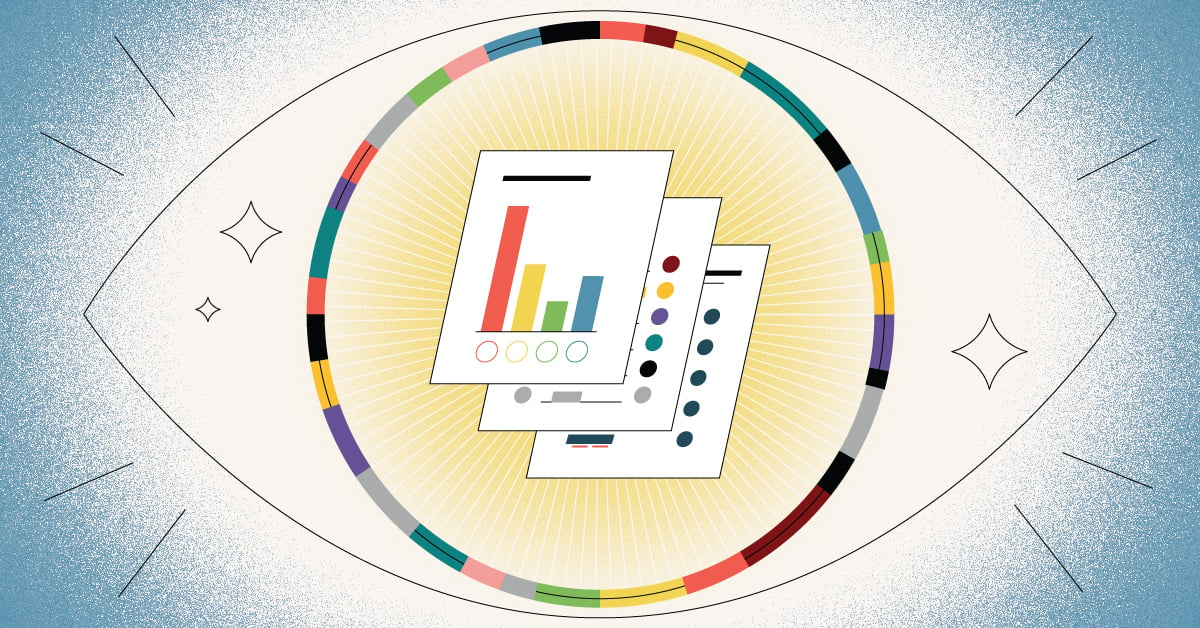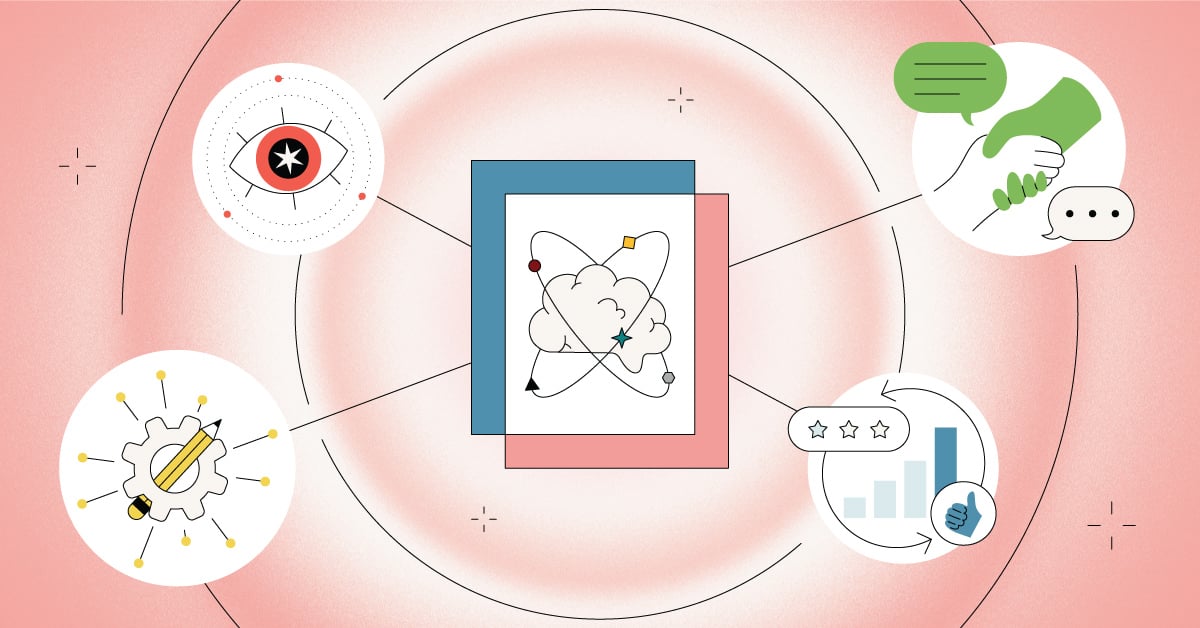
Do you know what I find interesting about us humans? We love being humans so much, that we attribute human characteristics to animals or even inanimate objects. ‘Human’ is familiar. It’s comfortable. When we attribute human characteristics to animals, we create stories that become real in our minds. How many times are we convinced of exactly what our pets are thinking and feeling, even though they don’t have the same type of brain capable of processing thoughts as we do?
When we create stories and characters, we do the exact same thing. Consider Chester Cheetah, the cool sunglasses-toting cheetah who, with his ‘human’ charm, makes us want to eat Cheetos. Or Donald Duck, the temperamental, clumsy duck with his upbeat attitude to life, who helps readers across the globe, come to terms with the world. Human sells. Human appeals. Human endears.
That is, until it comes to that very human, yet very annoying, colleague of yours. That paradox came to mind as I recently re-read A.A. Milne’s Winnie the Pooh, one of my childhood favorites. The themes found in that story are very relatable to the modern workplace, especially when approached through the eyes of individual behavioral styles.
We love familiarity… in animals
Winnie the Pooh and his friends are, like so many animals in world’s literature, quite human indeed. Or to use a very complex word that Owl would love to use: they are anthropomorphic. They have qualities and attributes that we immediately recognize and relate to as familiar, since these are human characteristics. We marvel at their adventures, however small or insignificant. We smile with endearment, even when they are the sad, anxious, hyperactive or know-it-all types. We love the consistency of their behaviors, the funny and predictable outcomes of their dealings. We look at them (and thus ourselves) through our human eyes with mildness, humor and compassion.
Basically, the Hundred Acre Wood, the place where Winnie the Pooh and his friends live, is not unlike the average workplace. In the office, we too have to deal with all kinds of behaviors, motivators and varying levels of emotional intelligence. Coworkers are characters with their specific personalities, problems and peculiarities.
But while Winnie and friends endear us, the sad and grumbling ‘Eeyores,’ the flippant ‘Tiggers,’ and the insecure ‘Piglets’ in our office eventually work on our nerves. We try to duck away when ‘Rabbit’ - who thinks he is very important - enters the room. We roll our eyes when ‘Pooh’, who thinks he has a very little brain, takes his time formulating a thought.
Terms of endearment on the work floor
When we first discover each other’s DISC styles, primary motivators (Driving Forces) and levels of EQ, we often become ‘endeared’ to that person. We might say...“Hey, you are a high-I, that explains everything” or, “Ah, so that is your Commanding driver.”
But when we have to deal with each other on a daily basis, specific habits, behaviors, attitudes and peculiarities can easily become less endearing rather quickly. So how do we remain thrilled, rather than frustrated, by the very human nature of our co-workers? How do we keep smiling instead of getting frustrated with them? Below are some golden tips, straight from The Hundred Acres Wood.
· Value each other for who you are. Sometimes Eeyore is a real spoil sport, but Pooh and his friends keep visiting him at his gloomy place and invite him for their ‘Expeditions’. Often his depression brings the rest of them together in their wish to cheer him up. (An example of an intentional motivator; a group effort intended to lift Eeyore’s spirits.)
· Be patient. When Rabbit tells another never-ending story (clearly a high-I) and Pooh wanders away, Piglet saves the day by giving a brief resume of the story (behaviors of a high-D).
· Do nice things together. Pooh, Piglet, Rabbit and Roo throw their twigs into the river, waiting to see whose twig will appear on the other side of the bridge first. After this game of Poohsticks they look at the river beneath them, saying nothing at all. (This showcases an example of a Collaborative Driving Force among the members, wanting to work together as a team. People with higher levels of emotional intelligence tend to make great teammates. The slow and steady, relaxed pace of the participants indicate an example of high-S behavior.)
· Make the best of a difficult situation. When Pooh eats too much honey and gets stuck in the doorway of Rabbit's house, Christopher Robin keeps him company for a week and reads him comforting stories. (Christopher Robin is an example of someone possessing an Altruistic Driving Force.)
· Find comfort with each other. Although Piglet really wants to be a big hero one day, he realizes that he is just a very small animal. So, when hunting down a very scary Heffalump, he’s very glad to find his friend Pooh by his side. (High-I’s tend to be extremely people focused, becoming energized in the presence of others.)
The point of this all?
Sharing and creating new stories together will work wonders for the level of endearment and insight within your team. Having a clear understanding of an organization’s workforce, specifically their behaviors, motivators and levels of EQ, is a great place to start.
If your organization has never used assessments, it may be the missing ingredient between having a decent, functional team or a thriving, overachieving team. Understanding every team member, and utilizing the strengths that each member of the team possesses is a recipe for success. There is always a story to be told and using assessments to better understand your organization will likely result in the story’s happy ending that every leader seeks.


